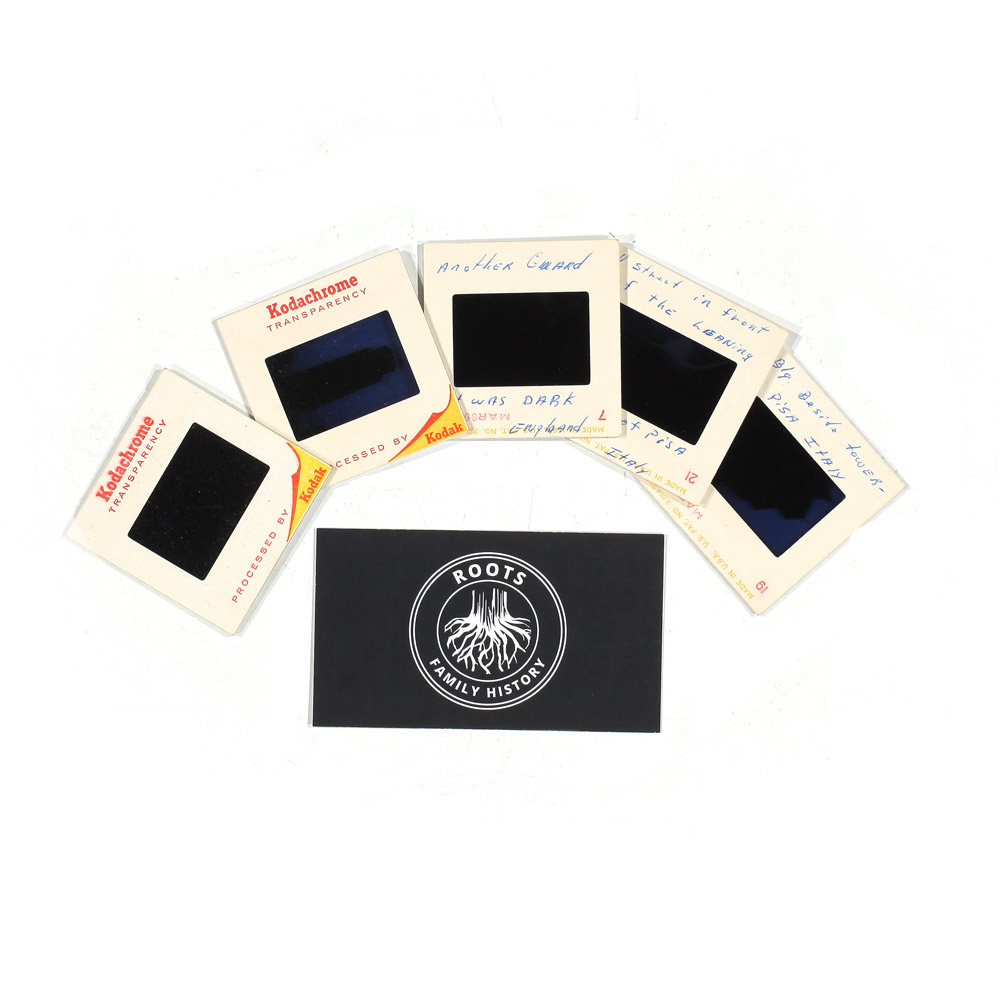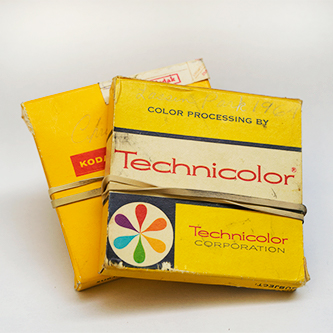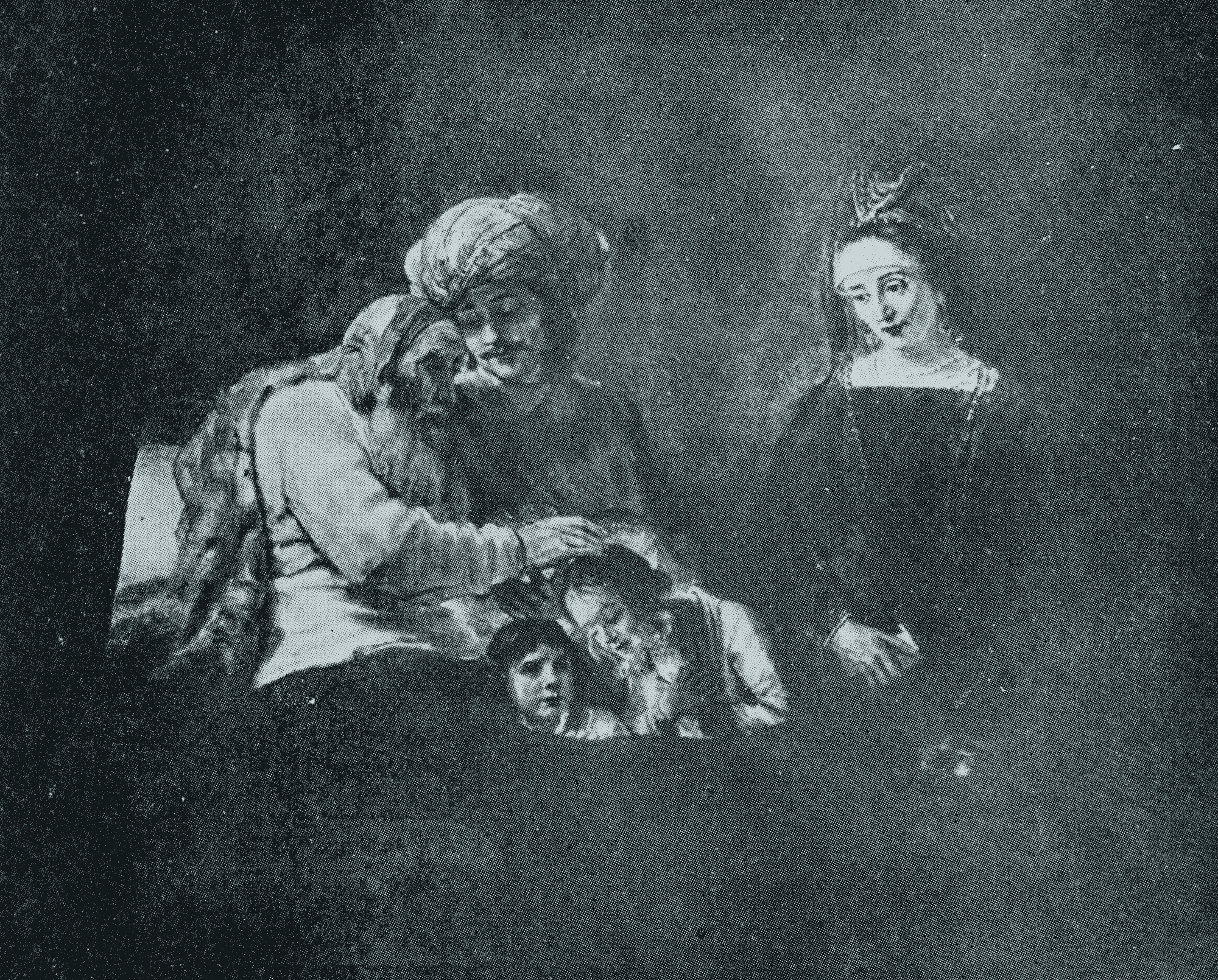
Cleaning and Preparing
Even after development a film negative still has a very fragile nature. Whether a film negative was well taken care of throughout it’s life or it was tossed around like a napkin, there are certain things we can do to diminish the look of wear and tear on a negative. One of the biggest threats to a negative is scratching. This is because there is no way to get back the information that is scraped off when a negative is scratched. Another issue is simply dust. It may seem like a very easy pest to get rid of but dust can dull and distort an image. The proper way to remove dust without causing any wear or scratching on the film is to use compressed air. Occasionally other issues arise with a film negative in which case further steps can be taken to clean and prepare the film before scanning.
Holding The Negative In Place
Once the negative has been prepped and cleaned it is time to carefully position it to be scanned. This processes involves film holder that are specifically designed for each film size and shape. The film holder is just large enough to hold the edges of the film flat without blocking any of the image area. Film naturally wants to curve but this would result in an out of focus image. The film holder also suspended the negative between the bottom and top glass panels of the scanner to ensure that both the negative and scanning bed will remain as clean as possible.
Lights, Camera, Action
The remaining tasks of the negative scanning process are taken care of on the computer. This is where we tell the scanner how much to expose the negative. Unlike an ordinary photograph, a negative is translucent so it is very sensitive to the amount of light coming in from the bottom and the top of the scanner. This exposure will determine how much information we get from the negative in terms of highlights, mid-tones and shadows. An ideal scan will balance the amount of light correctly to get as much information as possible from the negative without losing highlights or shadows by over or under exposing the negative. Once the scan has been taken the image file is then edited and then finally exported.




